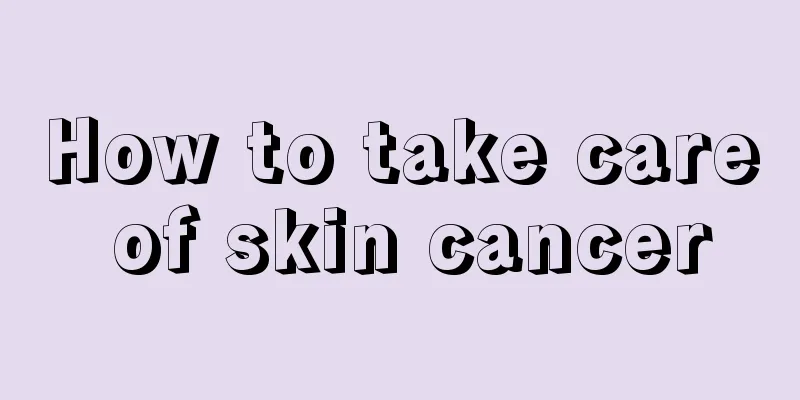Blisters on the wound

|
If there is a wound on the body, it is easy to develop blisters if you do not pay attention to maintenance after bandaging. This is a tension blister. It is normal to have blisters on the wound. The flow of tissue fluid and blood will cause the formation of blisters. If this happens, it must be dealt with in time, otherwise it will infect other parts of the body. You can disinfect the wound with alcohol and then re-apply a Band-Aid to relieve the symptoms, but be sure to avoid getting it wet. This is a tension blister, which is caused by the increase in local blood flow resistance after tissue injury, resulting in the exudation of body fluids and the formation of blisters. Since the tension in the lower limbs of the human body is greater than that in the upper limbs, standing for a long time will increase the tension in the lower limbs, so blisters after injuries are more common in the lower limbs. Treatment principles: After disinfection, puncture the blister from the upper and lower edges, apply gentian violet, apply pressure bandage, elevate the affected limb, and pay attention to proper rest. It will heal itself soon. First, prepare medical cotton swabs and 75% medical alcohol. Take two cotton swabs, dip one in alcohol and gently scrub around the blisters. Use the other cotton swab to wipe around the scrubbed blisters again to absorb excess alcohol so that you can see clearly around the blisters. At this time, the disinfection of the blisters is completed. Take a needle, a household sewing needle will do, place one end of the needle above the lighter, warm it with fire, then wipe the needle with medical gauze. This will sterilize the needle. Use a clean needle to make a small hole on one edge of the blister. Be sure to puncture the area at the very edge. If you puncture the middle of the blister, only a small portion of the liquid in the blister can be squeezed out, and the rest will flow around the punctured hole and cannot be squeezed out at all. Gently squeeze the edge of the other side of the blister hole. The liquid in the blister will flow out from the small hole. At this time, use medical cotton to wipe off the flowing liquid. After squeezing out the liquid in the blisters, apply disinfectant or anti-inflammatory ointment evenly on the blisters. Be careful when applying it at this time, because the skin on the blisters where the liquid has been squeezed out is very fragile and can be easily torn. Finally, wrap the blister with medical gauze and tie it gently on the outermost layer. Check the gauze frequently. If fluid is still accumulating in the blister, continue to squeeze out the fluid. The next step is to allow the wound to be ventilated and dry, so that it can recover faster. Precautions After squeezing the liquid out of the blister, be sure not to tear the skin there or make a large cut, as that will cause the wound to become infected and cause greater trauma. |
>>: Is eczema and dry skin getting better or worse?
Recommend
What are the harms of toxins to the body
I wonder how much everyone knows about the harm t...
Does an increase in PSA necessarily mean prostate cancer?
Prostate cancer is a very important type of male ...
Can brain cancer in the elderly be cured?
The brain is our soul. If the brain does not work...
What is the reason for constipation?
Defecation is a very normal excretion behavior of...
How to store the pickled eggs if you are afraid of them being too salty
Pickled salted eggs are a common way to eat eggs....
Listening to music can cultivate your sentiment and treat sub-health, killing two birds with one stone
The healing and health-preserving effects of musi...
What tests should be done for nasopharyngeal cancer?
What tests should be done for nasopharyngeal canc...
Things to note during sex during normal delivery
Women need a certain period of adjustment after g...
The dangers of laser mole removal
Does laser mole removal really work? People nowad...
What are the benefits of fumigating a room with mugwort leaves
The room needs to be ventilated frequently to red...
How to remove tire tread
Postpartum stretch marks are also known as stretc...
How to massage to relieve cervical pain
In the field of traditional Chinese medicine, it ...
What tests should lung cancer patients undergo
Lung cancer occurs in the bronchial mucosal epith...
How to wake up a person who is in a coma due to cerebral infarction
Coma is a very common phenomenon for patients wit...
Overview of thyroid adenocarcinoma
Why does thyroid cancer occur? In fact, there is ...









